Home>Interior Design>How To Start Career In Interior Design


Interior Design
How To Start Career In Interior Design
Modified: March 5, 2024
Learn how to kick-start your career in interior design and unleash your creative potential. Discover the essential skills and tips to excel in the dynamic world of INTERIOR DESIGN.
(Many of the links in this article redirect to a specific reviewed product. Your purchase of these products through affiliate links helps to generate commission for Storables.com, at no extra cost. Learn more)
Introduction
Getting Started: A Career in Interior Design
If you have a passion for creativity, an eye for detail, and a love for transforming spaces, then a career in interior design may be the perfect fit for you. Interior design is a dynamic and exciting field that combines elements of art, psychology, and architecture to create functional and aesthetically pleasing spaces.
In this article, we will explore the steps you can take to start a successful career in interior design. From education and training to building a portfolio and gaining professional experience, we will cover all the aspects you need to know to kickstart your journey in this thriving industry.
Before diving into the practical steps, it’s essential to understand the role of an interior designer. Interior designers are responsible for creating and enhancing the interior spaces of various environments, including residential homes, commercial establishments, offices, and public spaces.
They work closely with clients to understand their needs, preferences, and budgetary constraints. Interior designers utilize their expertise to conceptualize, plan, and execute design solutions that not only meet the functional requirements of a space but also reflect the client’s personal style and desired atmosphere.
Now, let’s delve into the first step on your path to becoming an interior designer: education and training.
Key Takeaways:
- Education, practical experience, and a strong portfolio are essential for launching a successful career in interior design. Networking, professional development, and staying current with industry trends are also crucial for long-term success.
- Whether pursuing employment, starting a business, or freelancing, interior designers must prioritize building connections, showcasing their work, and staying updated with the latest design trends and technologies to thrive in the dynamic industry.
Read more: How To Start A Business In Interior Design
Education and Training
To embark on a successful career in interior design, obtaining the necessary education and training is crucial. While formal education is not always mandatory, it can significantly enhance your skills, knowledge, and credibility in the field.
There are various educational paths you can take to become an interior designer. One option is to earn a degree in interior design or a related field from a reputable college or university. These degree programs typically cover a wide range of topics, including design principles, space planning, color theory, building codes, and computer-aided design.
Another option is to pursue a certificate or diploma program in interior design. These programs are usually shorter in duration and focus on practical skills and hands-on experience. They can be a great choice if you are looking for a more accelerated path to enter the industry.
In addition to formal education, it’s essential to stay updated with the latest trends and developments in the field. Attend workshops, seminars, and conferences related to interior design to expand your knowledge and network with industry professionals.
While education lays the foundation for your career, gaining practical experience is equally important. Internships and apprenticeships provide invaluable opportunities to work alongside experienced designers and learn the ropes of the industry. Look for internship programs or entry-level positions at design firms or architectural companies to gain hands-on experience and build your professional network.
Furthermore, consider obtaining professional certifications to further enhance your credibility as an interior designer. Organizations like the National Council for Interior Design Qualification (NCIDQ) offer certification programs that assess your knowledge and skills in the field. Certification can open doors to more job opportunities and higher earning potential.
Remember, education and training are ongoing processes in the field of interior design. Continuously improve your skills by taking specialized courses, attending workshops, and staying up-to-date with design trends and technological advancements.
Next, let’s discuss the importance of building a strong portfolio.
Building a Portfolio
One of the most important tools for showcasing your skills and expertise as an interior designer is a well-crafted portfolio. Your portfolio is a visual representation of your work and serves as a reflection of your design style and capabilities.
When building your portfolio, focus on quality over quantity. Select a range of projects that highlight your versatility and demonstrate your ability to work on different types of spaces, such as residential, commercial, or hospitality. Include a variety of design styles and showcase your proficiency in creating functional and aesthetically pleasing environments.
Start by photographing your completed projects professionally. Hire a skilled photographer or learn photography techniques to capture the best shots that showcase your design skills. Include both overall room shots and close-up details to provide a comprehensive view of your work.
In addition to photographs, you can also include drawings, renderings, and floor plans to showcase your design process and technical skills. Make sure to include before and after pictures to showcase the transformation that took place in each project.
When organizing your portfolio, think about the flow and presentation. Consider creating a digital portfolio that can be easily accessed and shared online. There are various websites and platforms available that allow you to create and customize your online portfolio.
It’s also essential to accompany each project with a brief description, explaining the design concept, client requirements, and any challenges you faced during the process. This will provide potential clients or employers with a better understanding of your design approach and problem-solving abilities.
As you gain more professional experience, continually update your portfolio to reflect your latest projects and skills. Remember that your portfolio is a dynamic document that should evolve as you grow as a designer.
In addition to a strong portfolio, establishing a solid professional network is crucial in the interior design industry. Let’s explore the importance of networking and building connections.
Gaining Professional Experience
While education and a strong portfolio are important, gaining professional experience is a critical step towards a successful career in interior design. It provides you with real-world knowledge, skills, and connections within the industry.
One way to gain professional experience is by working at an interior design firm or architectural company. Look for entry-level positions or internships that offer hands-on experience in different aspects of the design process, such as space planning, material selection, and client communication.
During your time working in a professional setting, make an effort to learn from experienced designers and seek mentorship opportunities. Collaborate with your colleagues and ask for feedback on your work to continuously improve your skills and knowledge.
Another avenue to gain professional experience is by participating in design competitions or volunteering for design projects. Design competitions offer a platform to showcase your talent and creative problem-solving skills. Volunteering for design projects, such as charitable organizations or community initiatives, not only allows you to contribute to meaningful causes but also provides valuable experience in managing projects and working within budget constraints.
Additionally, consider joining professional organizations within the interior design industry. These organizations often offer networking events, workshops, and educational resources that can help you expand your professional network and stay updated with the latest industry trends.
Networking and building connections is a key component in gaining professional experiences in any industry. Attend industry events, conferences, and trade shows to meet professionals in the field and establish relationships. Join online communities, social media groups, and forums dedicated to interior design to connect with fellow designers and industry experts.
Lastly, don’t underestimate the power of building relationships with clients. Foster positive relationships by providing excellent customer service, exceeding client expectations, and delivering exceptional results. Satisfied clients can become valuable references and sources of referrals for future projects.
Remember, gaining professional experience takes time and effort. Embrace every opportunity to learn, grow, and expand your knowledge base.
Now, let’s discuss strategies for finding job opportunities in the field of interior design.
Networking and Building Connections
In the field of interior design, networking and building connections are essential for establishing yourself and expanding your opportunities. By forming meaningful relationships with industry professionals, you can gain valuable insights, seek mentorship, and open doors to new job opportunities.
Here are some strategies to effectively network and build connections in the interior design industry:
Attend Industry Events: Industry events such as conferences, trade shows, and design exhibitions provide valuable opportunities to meet like-minded professionals, industry leaders, and potential clients. Attend these events regularly to stay updated on the latest trends and developments while connecting with professionals who share your passion for design.
Join Professional Organizations: Joining professional organizations dedicated to interior design can offer numerous benefits. These organizations often host networking events, workshops, and educational seminars, allowing you to connect with other designers and industry experts. Some notable organizations include the American Society of Interior Designers (ASID) and the International Interior Design Association (IIDA).
Utilize Online Platforms: In today’s digital age, online platforms play a significant role in connecting professionals in various industries. Join online communities, forums, and social media groups dedicated to interior design. Engage in discussions, share your work, and connect with fellow designers and potential clients.
Reach out for Informational Interviews: Informational interviews are a powerful networking tool. Identify professionals in the field whose work you admire and reach out to them for an informal meeting. Ask for advice, learn about their career paths, and build connections that may lead to future opportunities.
Cultivate Relationships with Industry Professionals: Building genuine relationships with industry professionals can help you access job opportunities and gain valuable insights. Attend industry events, engage in conversations, and follow up with professionals after networking events. Connect on professional platforms such as LinkedIn and stay in touch to nurture these relationships.
Collaborate with Other Design Professionals: Collaboration with other design professionals, such as architects, contractors, and suppliers, can be mutually beneficial. Reach out and explore opportunities for collaboration on projects. This not only expands your network but also enhances your professional reputation and provides a platform to showcase your skills.
Remember, networking is not solely about self-promotion but also about building meaningful connections and fostering mutually beneficial relationships. Be genuine, professional, and respectful in your interactions, and always follow up with a thank-you note or email after connecting with someone.
Now that we’ve explored networking and building connections, let’s discuss effective job search strategies in the interior design industry.
Tip: Start by gaining a strong foundation in design principles and techniques through formal education or online courses. Build a portfolio of your work to showcase your skills and style to potential clients or employers. Networking with industry professionals can also help open doors to opportunities in interior design.
Job Search Strategies
When it comes to finding job opportunities in the field of interior design, it’s important to be proactive and strategic. Here are some effective job search strategies to help you land your dream job:
Research and Identify Target Companies: Start by researching and identifying companies that align with your design aesthetic and career goals. Look for design firms, architectural companies, and other organizations that specialize in interior design. Research their work, company culture, and any available job openings.
Networking: As mentioned earlier, networking plays a vital role in job search strategies. Utilize your professional network, attend industry events, and engage in conversations with industry professionals. Let people know that you are actively seeking job opportunities in the field of interior design. Networking can lead to referrals and recommendations that may not be advertised publicly.
Online Job Boards and Websites: Utilize online job boards and websites that specialize in interior design job postings. Some popular websites include Indeed, LinkedIn, and specialized interior design job boards. Set up alerts and regularly check these platforms for new job postings that match your skills and interests.
Direct Application: Another strategy is to directly apply to companies of interest, whether they have posted job openings or not. Craft a compelling cover letter and tailor your resume to showcase your relevant skills and experience. This approach demonstrates your initiative and enthusiasm for the company, and it may lead to potential job opportunities.
Internships and Apprenticeships: Consider applying for internships or apprenticeships in design firms or architectural companies. These opportunities allow you to gain valuable hands-on experience while potentially leading to full-time employment. Internships can be a stepping stone into the industry and provide you with valuable connections and professional growth.
Build an Online Presence: In today’s digital age, having an online presence is essential. Create a professional website or online portfolio to showcase your work and skills. Utilize social media platforms, especially LinkedIn, to establish yourself as a professional in the field. Engage in industry-related discussions and share your expertise to attract potential employers or clients.
Stay Persistent and Follow Up: Job searching can sometimes be a lengthy process, so it’s important to stay persistent and keep applying to relevant opportunities. Follow up with companies after submitting applications or attending interviews to express your continued interest and inquire about the status of the hiring process.
Remember, finding the right job in interior design is a journey. Stay proactive, leverage your network, and utilize various job search strategies to increase your chances of finding the perfect opportunity.
Next, let’s discuss the possibility of starting your own interior design business.
Starting Your Own Interior Design Business
If you’re an entrepreneurial spirit and have a vision of building your own interior design brand, starting your own business can be an exciting and rewarding venture. Here are some key steps to consider when starting your own interior design business:
Develop a Business Plan: A solid business plan forms the foundation of your interior design business. Define your mission, target market, services offered, and unique selling points. Conduct market research to identify potential competitors and assess the demand for interior design services in your area. Outline your financial goals, budget, and marketing strategies to guide your business’s growth.
Obtain necessary Licenses and Legal Requirements: Before launching your business, ensure that you comply with all necessary licenses and legal requirements. Research the specific licensing and registration regulations in your country or state. This may include obtaining a business license, registering your business name, and obtaining any certifications required for professional practice.
Build a Strong Brand: Developing a strong and distinctive brand is essential for standing out in the competitive interior design industry. Create a professional logo, design consistent branding materials, and establish an online presence through a well-designed website and social media platforms. Clearly articulate your brand values, design aesthetic, and the unique value you provide to clients.
Build a Network of Suppliers and Contractors: As an interior designer, you’ll be working with suppliers and contractors to source materials and execute projects. Build relationships with reliable suppliers, contractors, and tradespeople who align with your business values and can deliver quality workmanship. A strong network of suppliers and contractors is crucial for the smooth execution and timely completion of your projects.
Develop a Portfolio and Promote Your Work: Your portfolio plays a vital role in showcasing your expertise and attracting clients. As you start your business, continue to build your portfolio by taking on diverse projects and documenting your work. Promote your portfolio through your website, social media channels, and industry-specific platforms to reach potential clients and increase your visibility.
Market Your Services: Effective marketing is essential for growing your business and attracting clients. Develop a comprehensive marketing strategy that includes online and offline marketing techniques. Utilize social media platforms, content marketing, email marketing, and participate in industry events to increase brand awareness and generate leads. Consider offering introductory discounts or referral programs to incentivize clients to choose your services.
Provide Outstanding Customer Service: Excellent customer service is crucial for building a reputation in the industry and securing repeat business and referrals. Communicate effectively with clients, listen to their needs, and provide personalized solutions. Strive to exceed client expectations and maintain a professional and responsive approach throughout the design process.
Continued Education and Professional Development: To stay competitive and deliver exceptional results, continue investing in your professional development. Attend industry events, workshops, and conferences to stay updated with the latest design trends, technologies, and business practices. Seek certifications or advanced training in specialized areas of interior design to broaden your skills and expertise.
Starting your own interior design business requires dedication, hard work, and a commitment to excellence. With careful planning, a strong brand, and a focus on client satisfaction, you can establish a successful and fulfilling career as an entrepreneur in the interior design industry.
Now, let’s discuss the importance of staying current in the ever-evolving field of interior design.
Staying Current in the Field
In the constantly evolving field of interior design, it’s essential to stay current with the latest trends, technologies, and best practices. By continually updating your skills and knowledge, you can provide innovative and cutting-edge design solutions to your clients. Here are some strategies for staying current in the field of interior design:
Continuing Education: Participate in workshops, seminars, and continuing education programs to enhance your knowledge and skills. Look for courses or certifications focused on emerging design trends, sustainability, technological advancements, and industry-specific software. By investing in your professional development, you can maintain a competitive edge and offer the most up-to-date solutions to your clients.
Industry Publications and Blogs: Stay informed about the latest interior design trends and industry news by reading industry publications and following design blogs. Subscribe to reputable magazines, such as Architectural Digest, Elle Decor, or Interior Design, to stay up-to-date on current design themes, emerging materials, and influential designers. Additionally, explore design blogs and websites that offer valuable insights, interviews, and project showcases.
Attend Trade Shows and Exhibitions: Trade shows and exhibitions provide opportunities to explore innovative products, materials, and technologies in the industry. Attend local and international trade shows, such as Maison & Objet, High Point Market, or NeoCon, to discover new suppliers, connect with industry professionals, and gain inspiration for your designs. Stay up-to-date with trade show schedules and plan your attendance accordingly.
Follow Design Influencers and Thought Leaders: Social media platforms have made it easier to follow design influencers and industry thought leaders. Identify influential interior designers, architects, and design professionals and follow their social media accounts. Engage in industry-related discussions, gain insights from their experiences, and stay updated on their latest projects. This exposure can inspire your own designs and provide perspectives on current trends.
Join Design Communities and Professional Associations: Engage with other design professionals by joining design communities and professional associations. Participate in forums and discussions to exchange ideas, seek advice, and stay informed about industry trends. Networking with fellow professionals can also lead to collaboration opportunities and potential mentorship relationships.
Explore Emerging Technologies and Software: Technology plays a vital role in the interior design industry. Stay updated with the latest design software, visualization tools, and virtual reality applications that can enhance your design process and client presentations. Explore emerging technologies such as smart home integration, sustainable materials, and energy-efficient solutions to stay ahead of the curve.
Embrace Sustainable Design Practices: As sustainability becomes increasingly important in the design industry, stay informed about eco-friendly materials, energy-efficient systems, and sustainable design practices. Familiarize yourself with green building standards, certifications, and sustainable design principles to incorporate environmentally friendly solutions into your projects. Clients are increasingly looking for sustainable design options, so staying current in this area is essential.
By adopting these strategies and maintaining a curious and open mindset, you can stay current in the field of interior design. Embracing new ideas, technologies, and design approaches will help you provide innovative and tailored solutions that meet the ever-evolving needs of your clients.
Now, let’s summarize the key points we’ve covered in this article.
Conclusion
Embarking on a career in interior design is an exciting and fulfilling journey. Whether you’re interested in working for established firms, starting your own business, or freelancing, the interior design industry offers a myriad of opportunities for creativity, growth, and success. In this article, we’ve covered the essential steps to help you get started and thrive in the field of interior design.
We began by emphasizing the importance of education and training, highlighting the benefits of obtaining a degree or certification in interior design. We also emphasized the value of practical experience gained through internships, apprenticeships, and collaborations.
Building a strong portfolio is crucial for showcasing your skills and expertise. We discussed the importance of selecting diverse projects and presenting them in a visually appealing and cohesive manner. A well-crafted portfolio will help you attract clients and secure job opportunities.
Networking and building connections are paramount in the interior design industry. We explored strategies for attending industry events, joining professional organizations, and utilizing online platforms to connect with other professionals and potential clients. Building and nurturing relationships can lead to valuable collaborations, referrals, and mentorship opportunities.
When it comes to job search strategies, we discussed the significance of researching target companies, utilizing online job boards and websites, and approaching companies directly. Persistence and follow-up are key to landing the job you desire and standing out in a competitive industry.
For those with an entrepreneurial spirit, starting your own interior design business offers exciting possibilities. We highlighted the importance of developing a business plan, building a strong brand, networking with suppliers and contractors, and promoting your services effectively.
Lastly, we emphasized the significance of staying current in the field of interior design. Continuous education and professional development, keeping up with industry publications and blogs, attending trade shows, following influencers, and embracing emerging technologies and sustainable design practices are crucial for remaining competitive and providing innovative solutions to clients.
As you embark on your journey in the world of interior design, remember to pursue your passion, be open to learning, and embrace creativity. With dedication, hard work, and a commitment to staying current and exceeding client expectations, you can build a successful and rewarding career as an interior designer.
Good luck on your exciting interior design journey, and may your designs transform spaces and inspire others for years to come!
Frequently Asked Questions about How To Start Career In Interior Design
Was this page helpful?
At Storables.com, we guarantee accurate and reliable information. Our content, validated by Expert Board Contributors, is crafted following stringent Editorial Policies. We're committed to providing you with well-researched, expert-backed insights for all your informational needs.
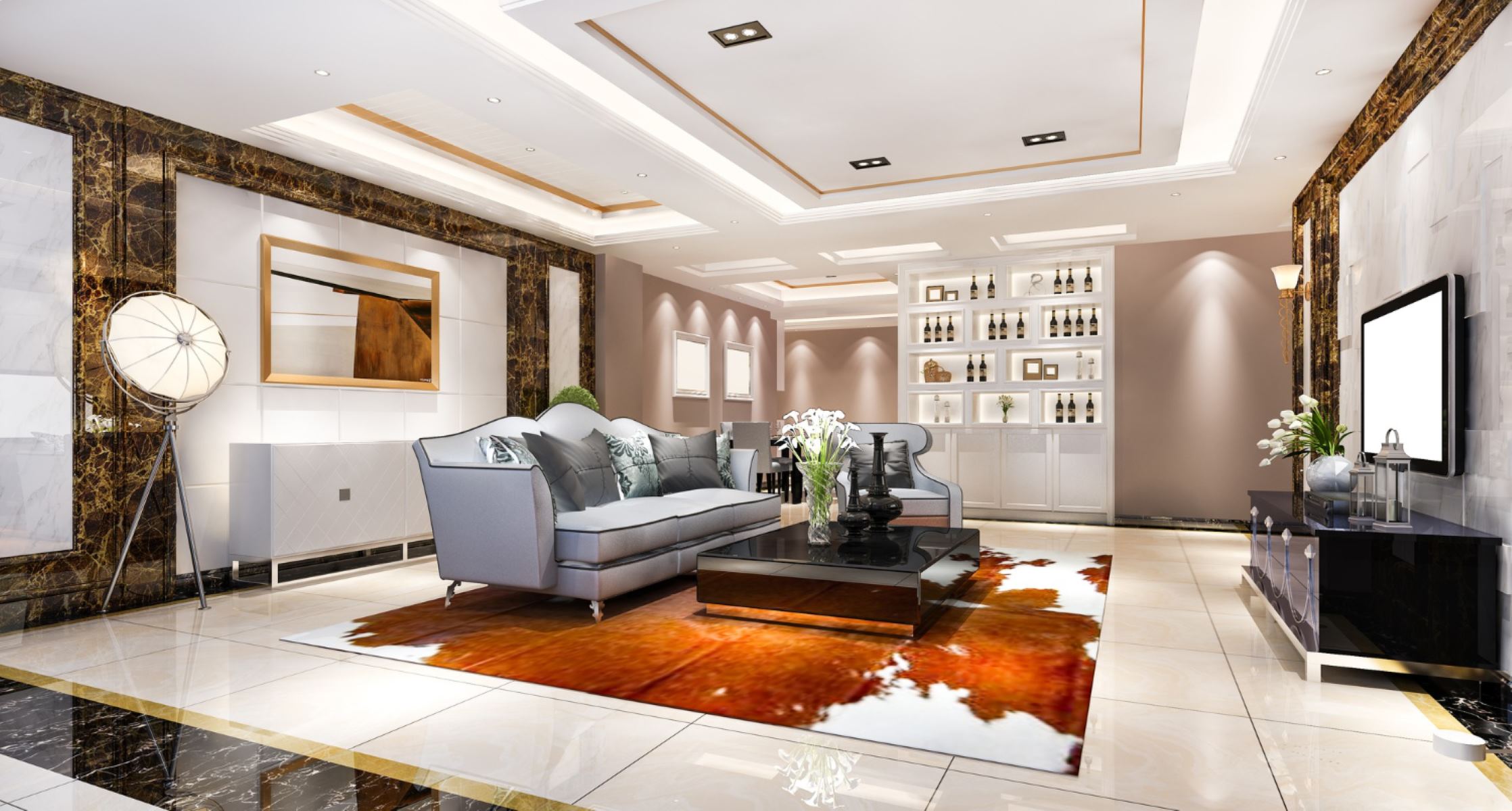

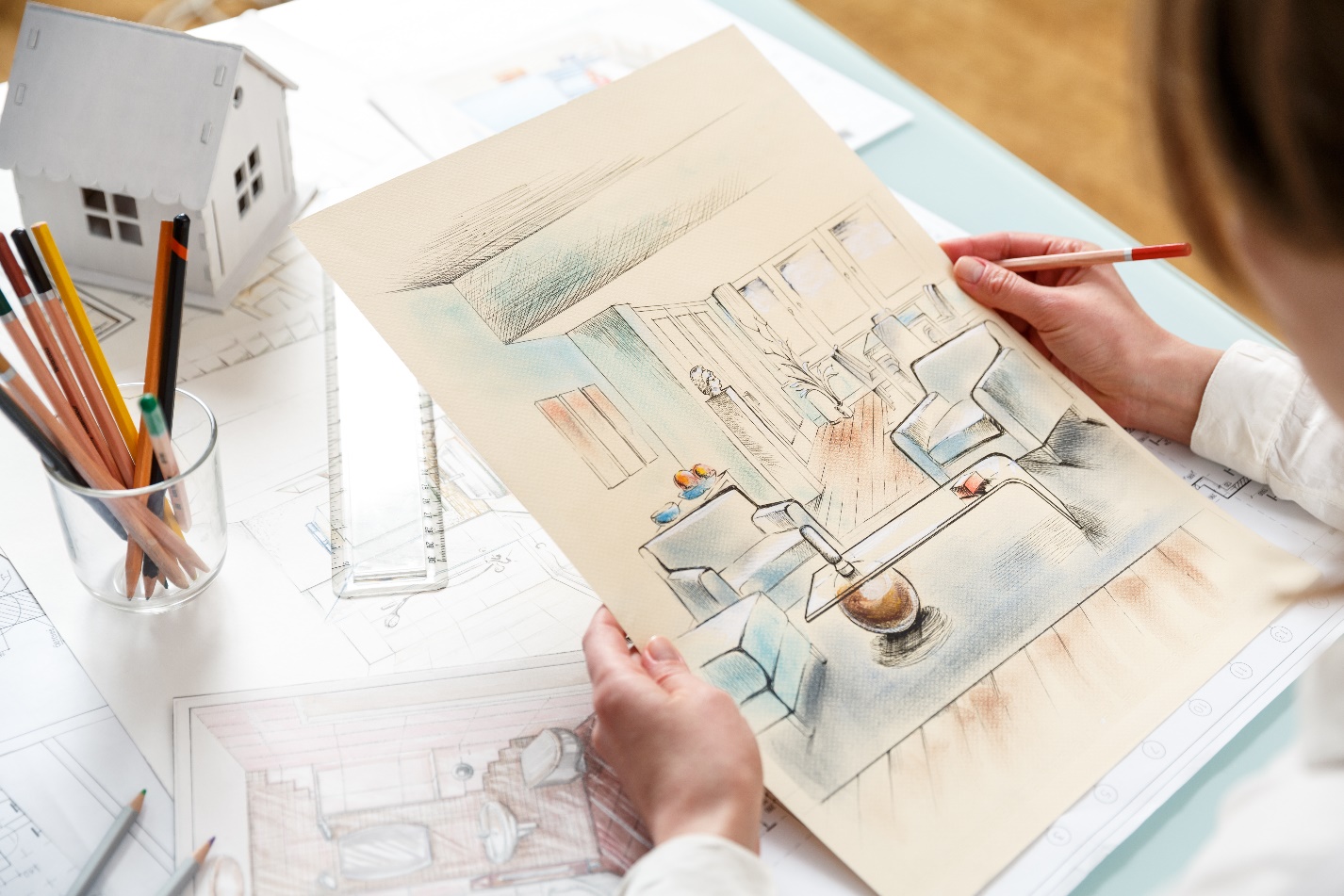
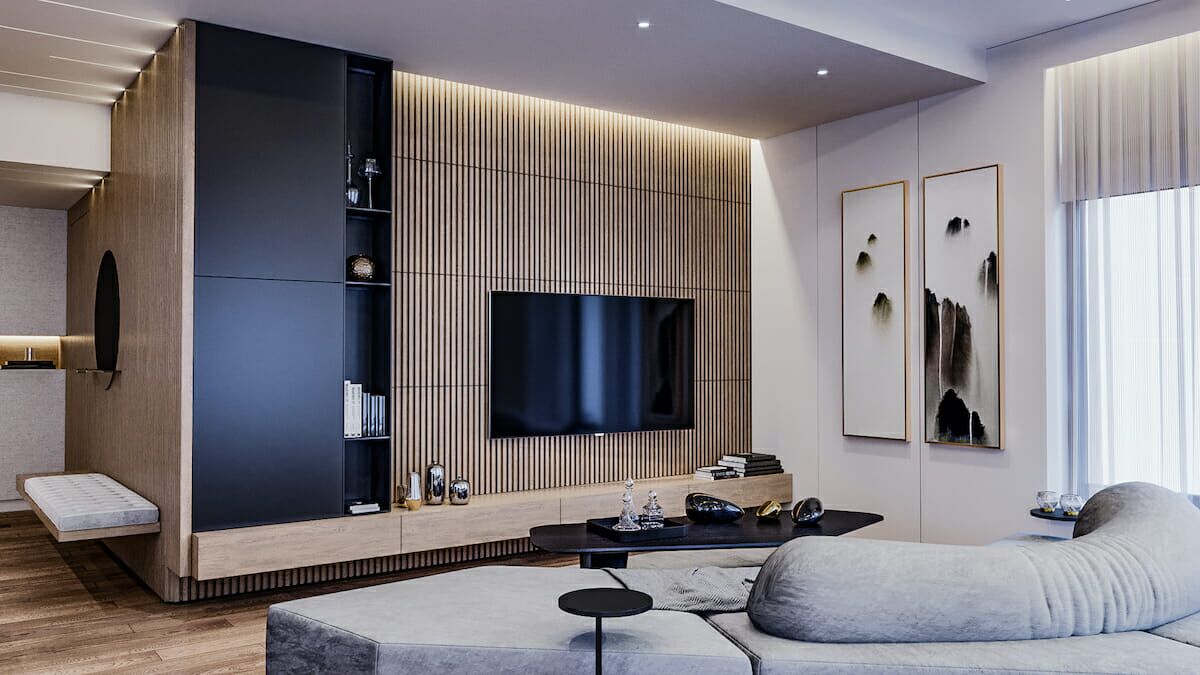
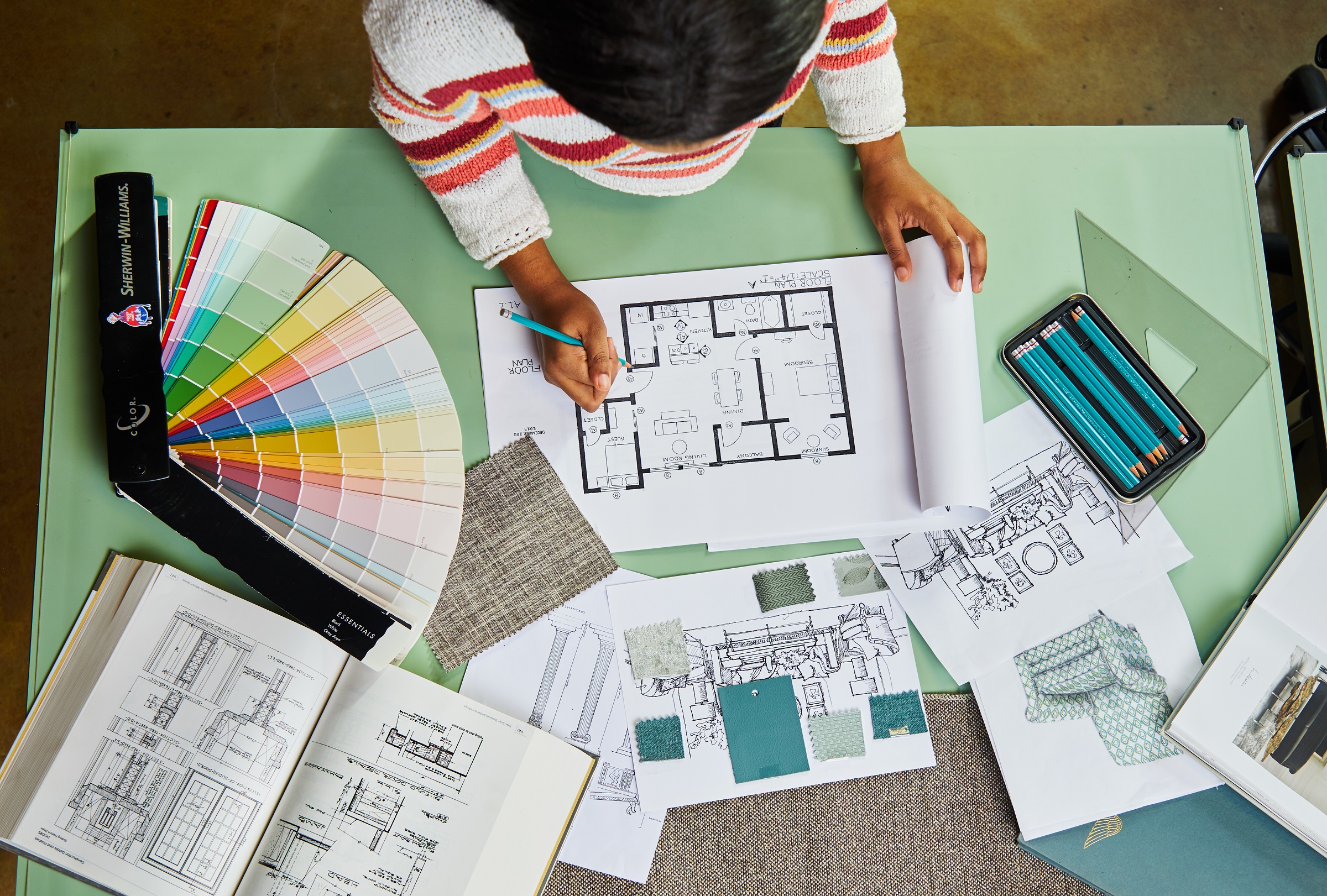
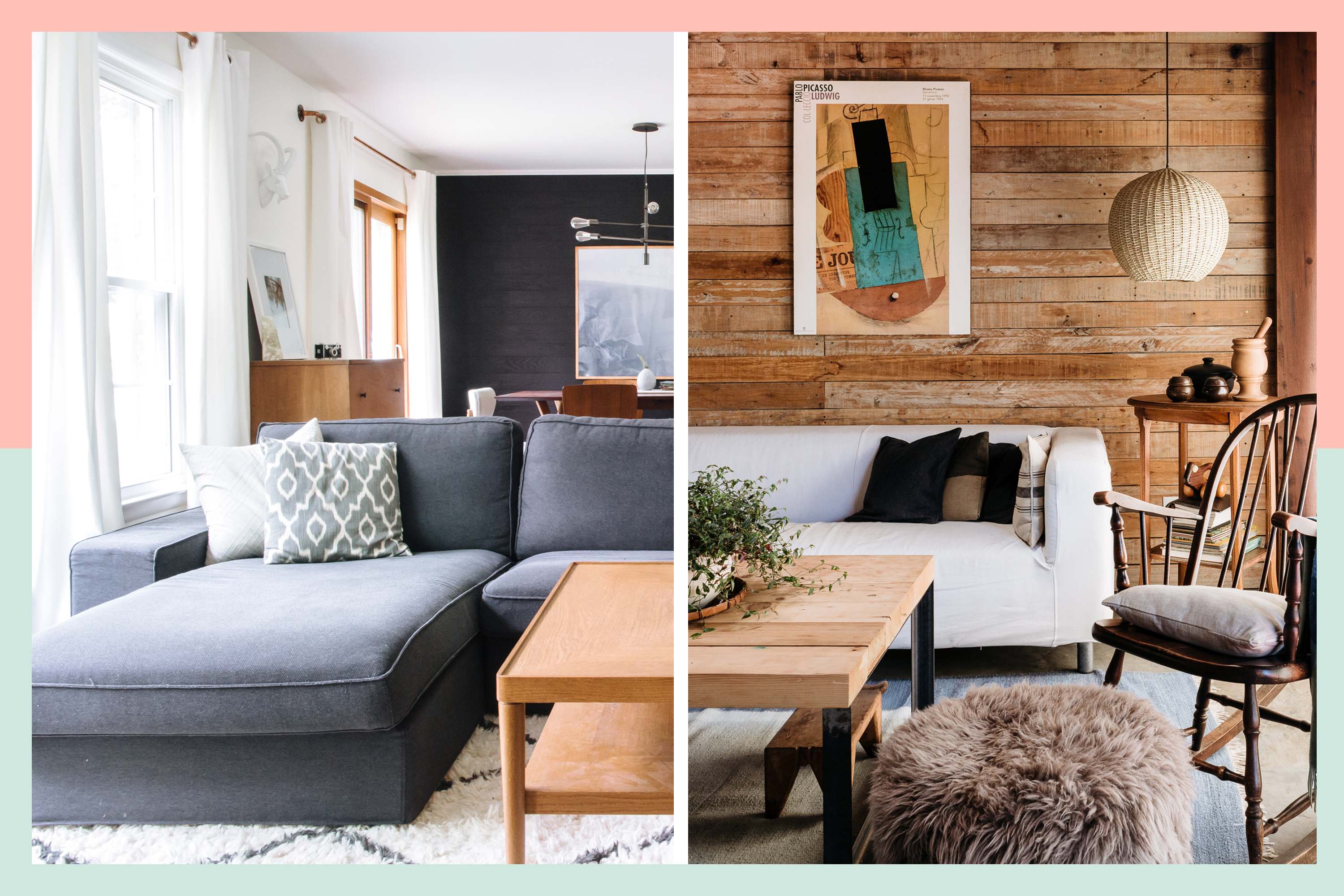
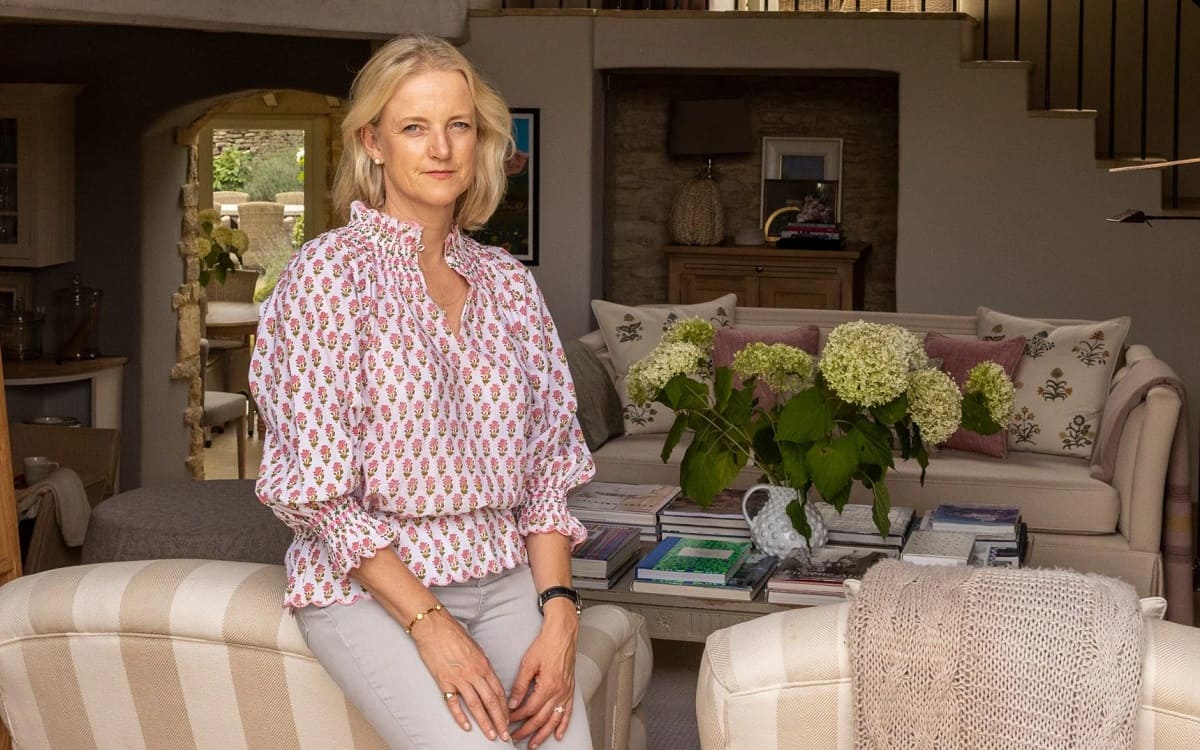

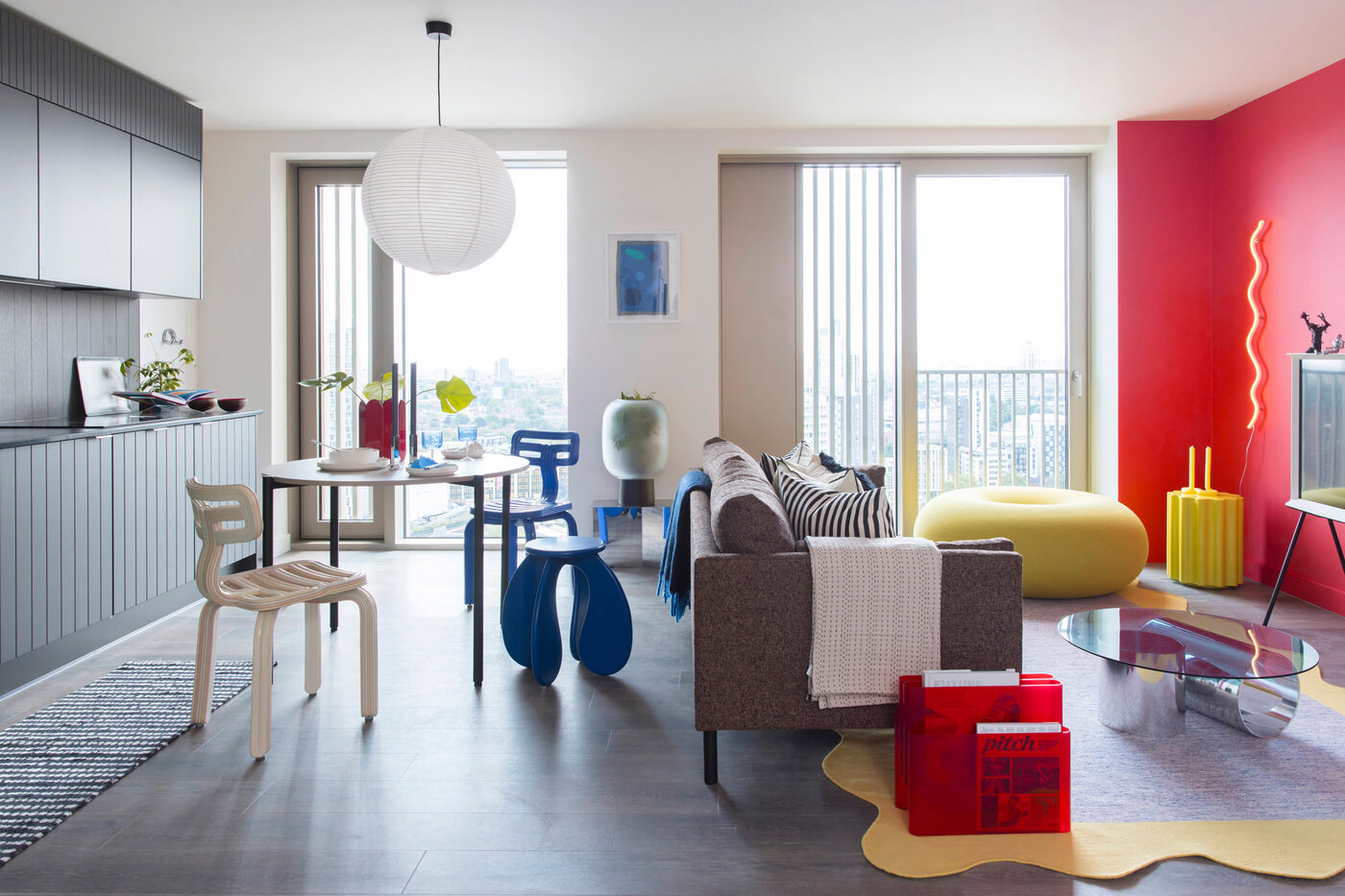
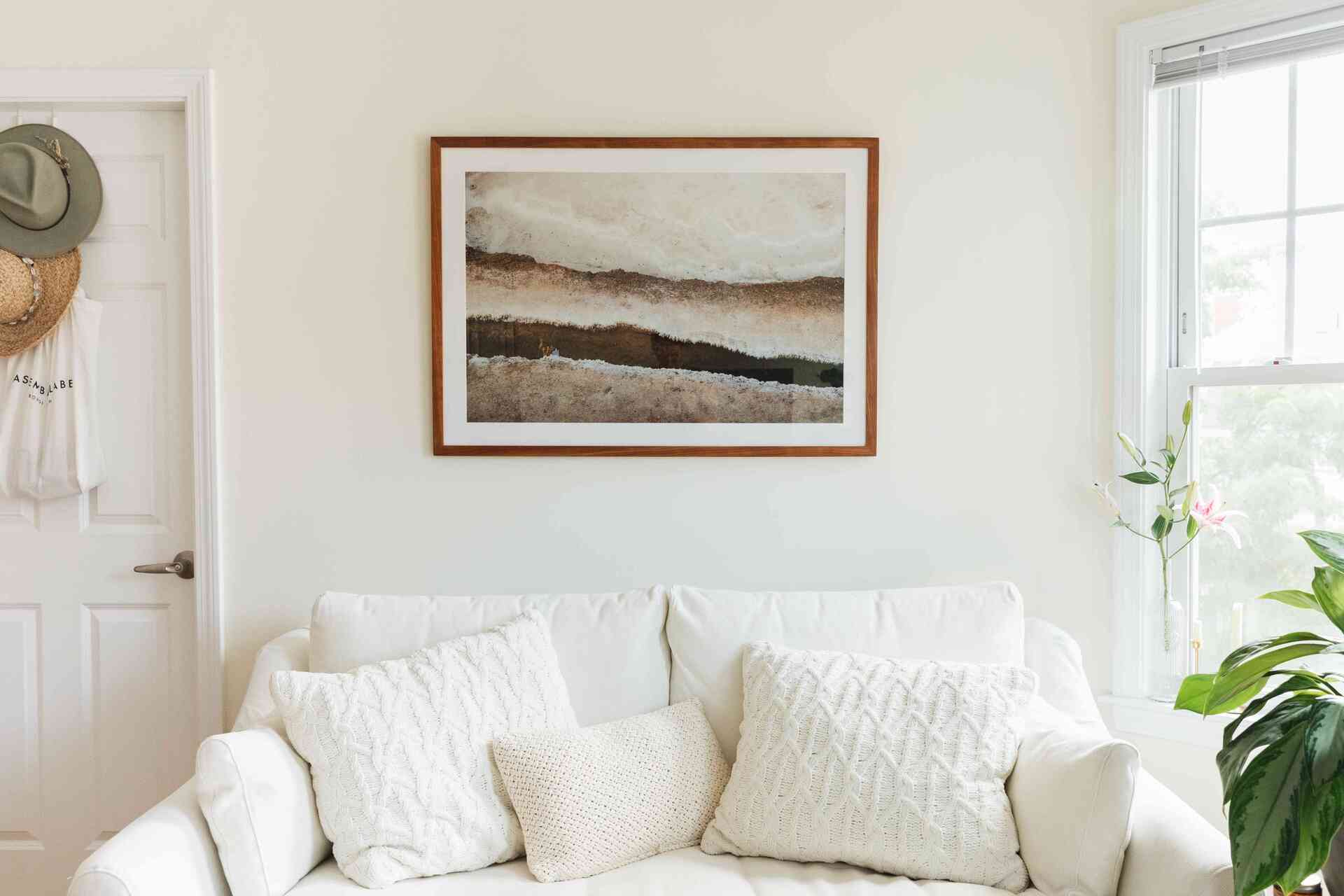
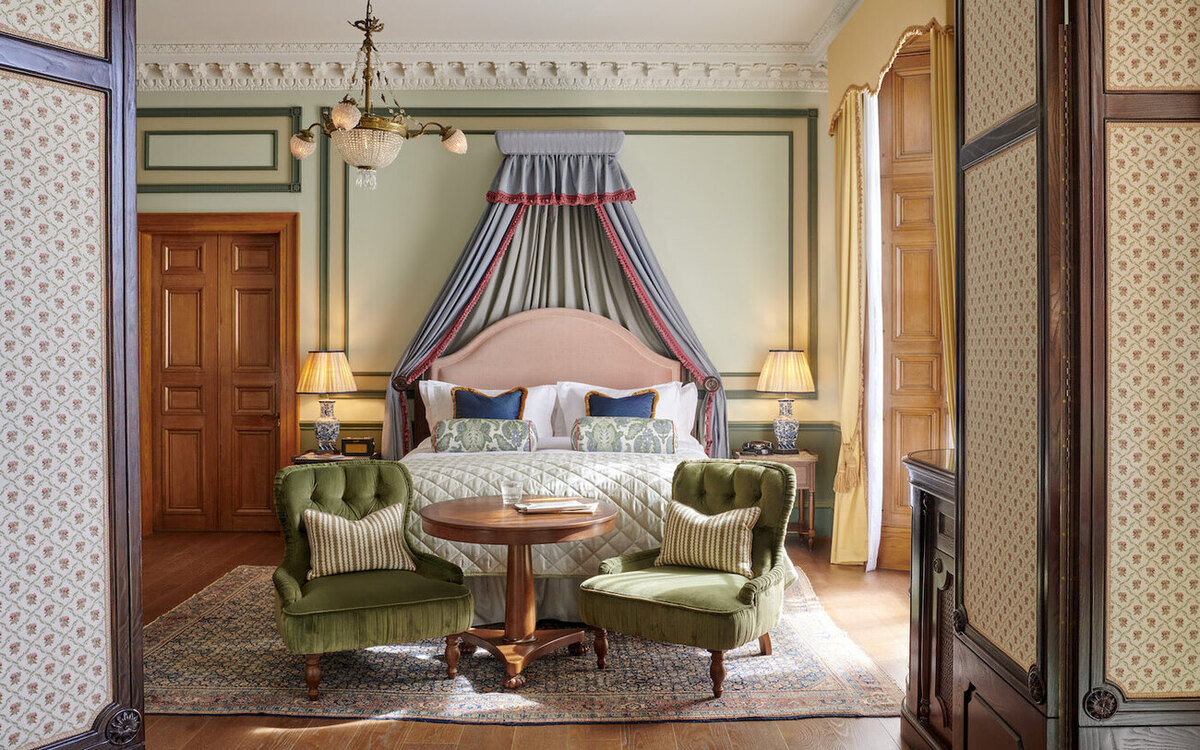
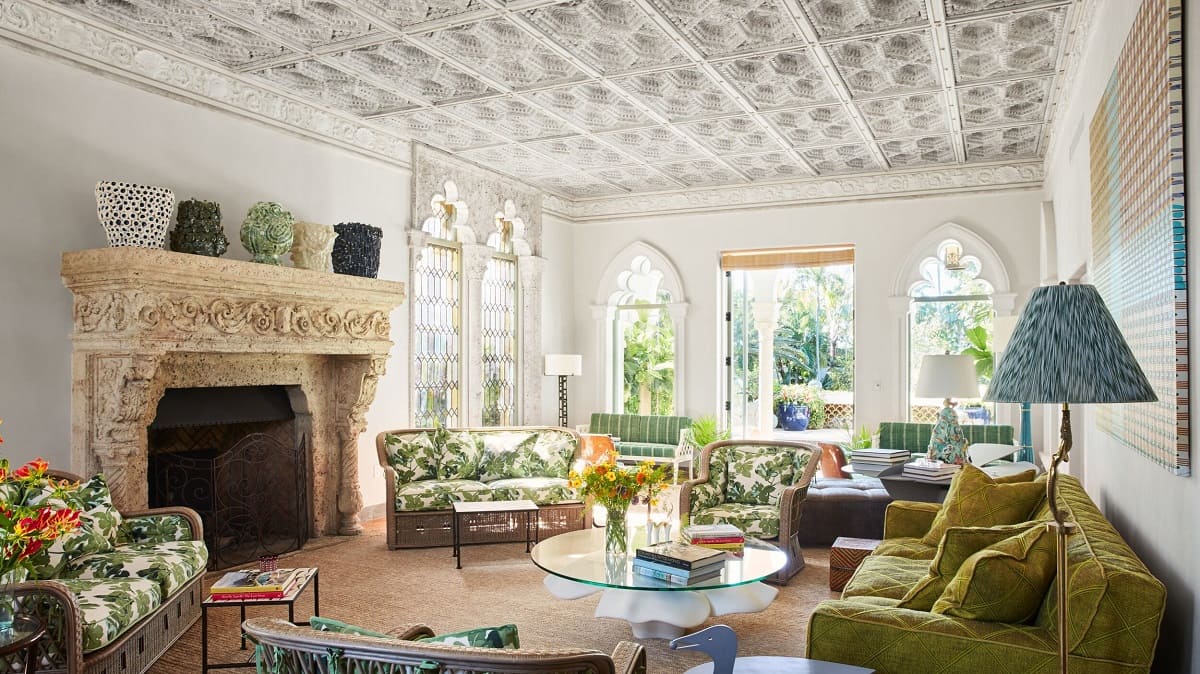
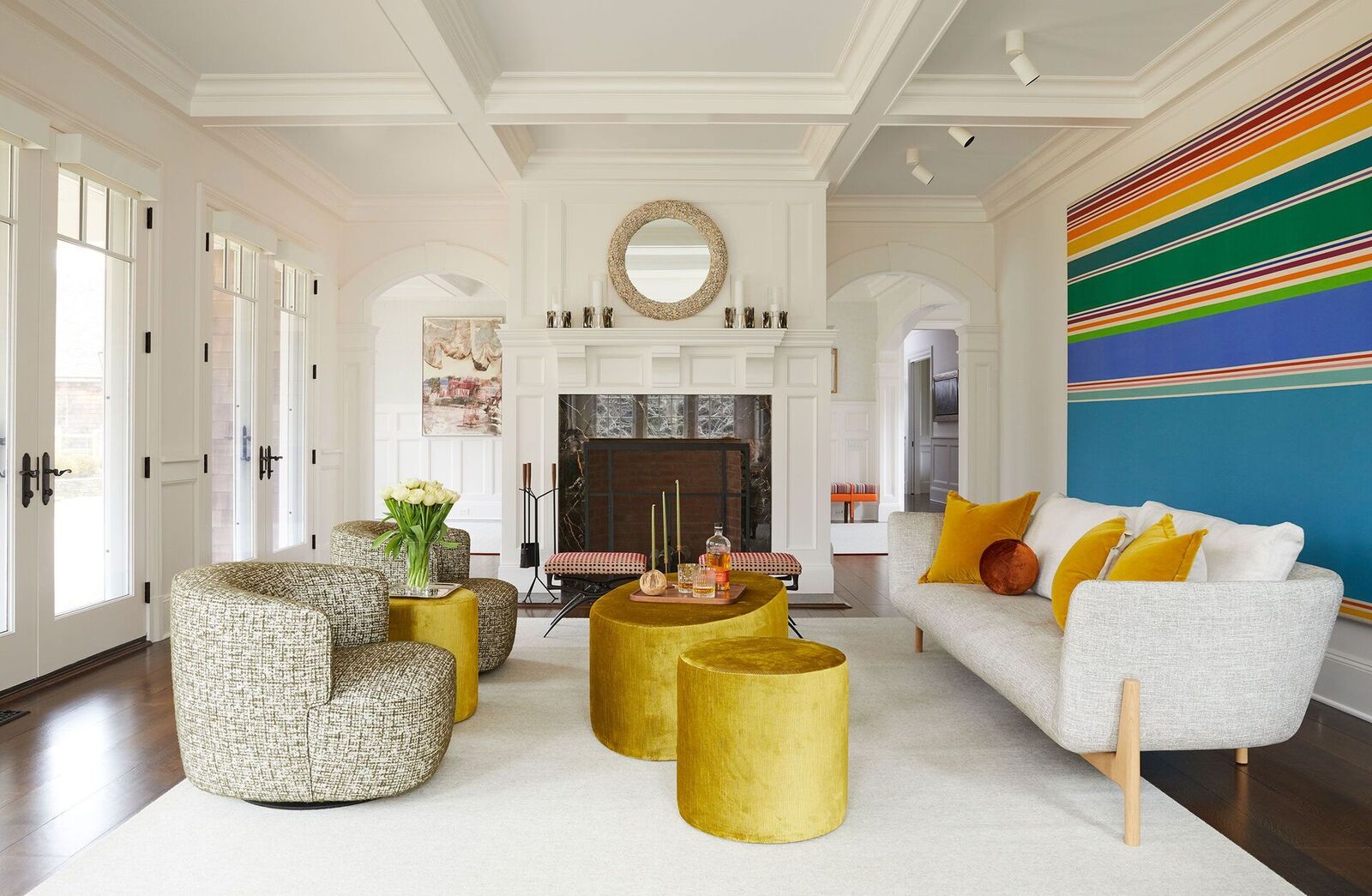


0 thoughts on “How To Start Career In Interior Design”